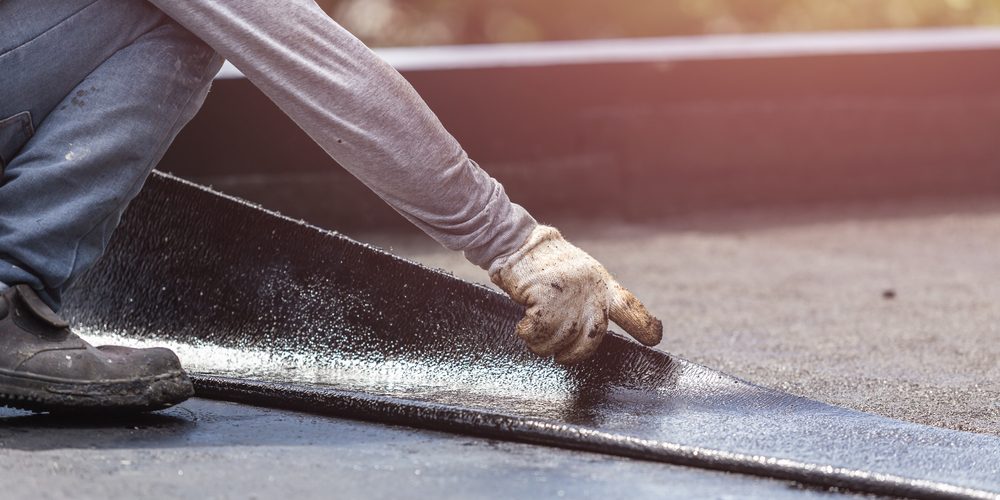7 Common Types of Roofs for Commercial Buildings
Unlike with residential roofs, those used for commercial properties are made from different materials including concrete, gravel, and tar. When selecting a roof for a commercial building, several factors need to be considered, like how it will withstand different weather conditions, the intended budget, and overall durability. To aid you in your research to help narrow down options, here are seven common types of roofs for commercial buildings.
Tar Roofing
Tar roofing, also known as built-up roofing or BUR, is a popular low-slope option. It is commonly built with many layers of material that are waterproof, comprising mainly of tar and gravel. This is a great option for those on a budget, as it tends to be a bit more cost-effective. Furthermore, the durability can be controlled by increasing the number of layers.
Green Roofs
Green roofs are a versatile option, offering up a more sustainable and environmentally-friendly alternative for commercial properties seeking to reduce their carbon footprint. These types of roofs can protect buildings from the elements while managing drainage and improving energy efficiency. Green roofs also have the added ability to make a building look more visually appealing.
Torch Down Roofing
Modified bitumen, otherwise known as torch down roofing, involves bonding layers of asphalt membrane to the roof deck with a flame, hence the term. This process helps to ensure elemental protection and stability. This kind of surface is easy to maintain and can easily be managed through annual assessments. Torch down roofing is also strong and durable, making it suitable for commercial buildings.
Thermoset Roof Membrane
A thermoset roof membrane is also known as ethylene propylene diene terpolymer (EPDM). Constructed from single-ply rubber, it is known for its long-lasting durability, low maintenance requirements, and adaptability. An EPDM roof is resistant to ozone, ultraviolet light, certain acids, solvents, and alcohol. This is an excellent alternative for individuals who want to lower their energy costs.
Metal Roofing
This is a common choice for structures with sloped roofs. Metal roofing comes in a wide range of different forms, including the following:
- Metal tile sheets
- Corrugated galvanized steel
- Stainless steel, aluminum, copper
- Tin
- Aggregates of aluminum
- Zinc
- Silicon-coated steel
Regardless of your choice, metal roofing will typically have a protective coating to ensure strength and prevent damage from sunlight exposure, harsh weather, and corrosion. Additionally, given its materials, it’s extremely resilient to fire and will lend a building a more sophisticated appearance.
Thermoplastic Polyvinyl Chloride and Thermoplastic Polyolefin Roof Membranes
Thermoplastic polyolefin (TPO) and polyvinyl chloride (PVC) commercial roofs are popular among restaurants and other similar businesses. This is because it can withstand not only UV light, punctures, and tears but also bacterial growth, chemicals, oils, and animal fats. These types of roofs are also lightweight, highly reflective, and weather resistant.
Shingles
Although these are commonly seen on residential buildings, shingles are used on commercial buildings that have steeper rooflines. There are different types of shingles, such as asphalt, slate, and ceramic. The advantages of using them include easy installation, affordability, and versatility. It is important to keep in mind that shingles are susceptible to mildew and moss if a building is situated in a shaded area.
When it comes to commercial roofing, there are many different options that you can choose from. At Top Hat Home Comfort Services, we’re happy to help ensure you find an option that is suitable for your needs, budget, and aesthetic preferences. Get in touch with us today to get started!







